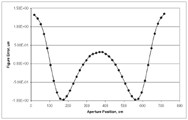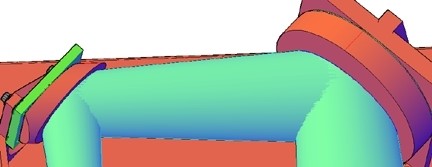Colleagues:
I was in the Boston area recently to teach one of my day-long classes in optomechanics. It was terrific to meet with an enthusiastic group of engineers. I introduced them to a number of technical issues that they probably did not encounter in their college or university days. One of those issues was “non-structural” solid mechanics.
There are aspects of the optomechanical design arts that fall into an academic “chasm” that lies somewhere between structural engineering and mechanical engineering. Structural engineers study the behavior of “structural materials” that are thought to be safe for civil applications (office buildings, railroad bridges, aircraft). Mechanical engineers may be introduced to the behavior of structural materials but also must study other topics such as machine design, heat and mass transfer, vibration theory and thermodynamics that are necessary to understand their industrial applications (automobiles, escalators, power generation).

Optomechanical design often calls upon a variety of “civilly” un-safe materials (glasses and elastomers for instance) that may be incompletely characterized and not well understood or appreciated by either structural engineering (which tends to avoid them) or mechanical engineering (which may be largely unaware of their limitations).
In my classes I attempt to bridge this chasm by introducing the available science for these non-structural materials. The “strength” of glass is one topic and the “stiffness” of elastomers is another. They make an interesting pair in that they both are considered “brittle” materials requiring some knowledge of fracture mechanics while elastomers may also require a large-displacement elastic theory which has never been fully developed. Fun stuff.
Yes, rubber is a brittle material!
I look forward to seeing you in San Diego at the end of the month… and while you’re there don’t forget to drop by SPIE’s bookstore to peruse my new book, The Optomechanical Constraint Equations: Theory and Applications. I wrote it just for you.
See you all there!
Al H.
8-11-16






